Between our time in Fairbanks along with traveling the Top of the World Highway to the Yukon Territory, we quickly realized that “There’s gold in them thar hills.” Where? Why? How? It was time to explore this aspect of the Northwest.
In the last blog post, I included a picture of a campsite of some miners. James got talking with them and this is what he learned. During the 12 weeks spent mining this summer, these two miners had found 16 ounces (one pound) of gold. The price of gold is approximately around $3400 an ounce. Let’s do the math. That’s $54,400, which works out to $27,200 each. Over the 12 weeks, that is $2266 per week. Assuming a 40 hour work week, they are making $56 an hour. I am sure they were working MORE than 40 hours per week, and these calculations don’t count their overhead. But still, there is some real money to be made mining gold, even today.
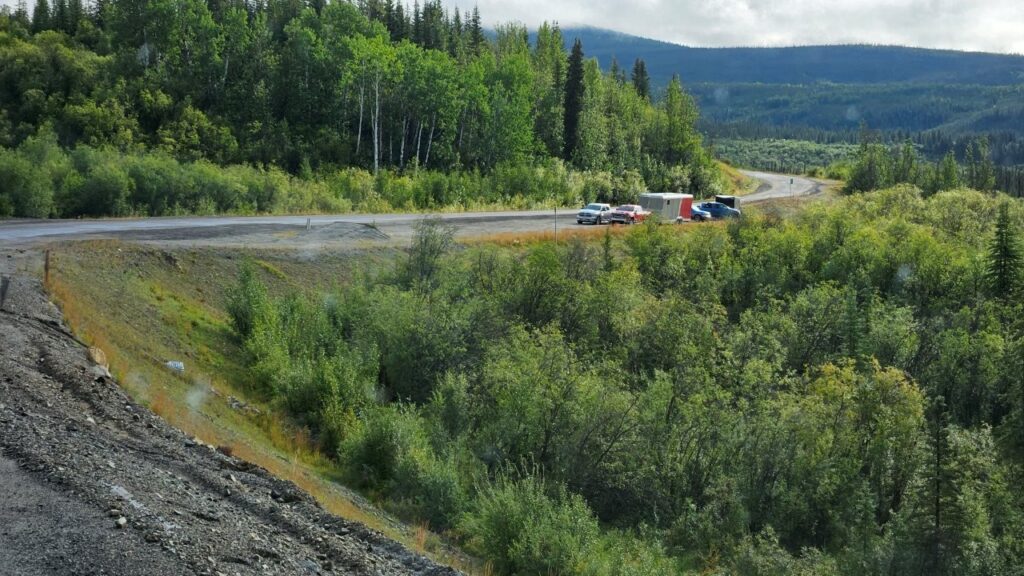
We were now in Dawson City in the Yukon. This is where the 1897 Klondike Gold Rush all started.
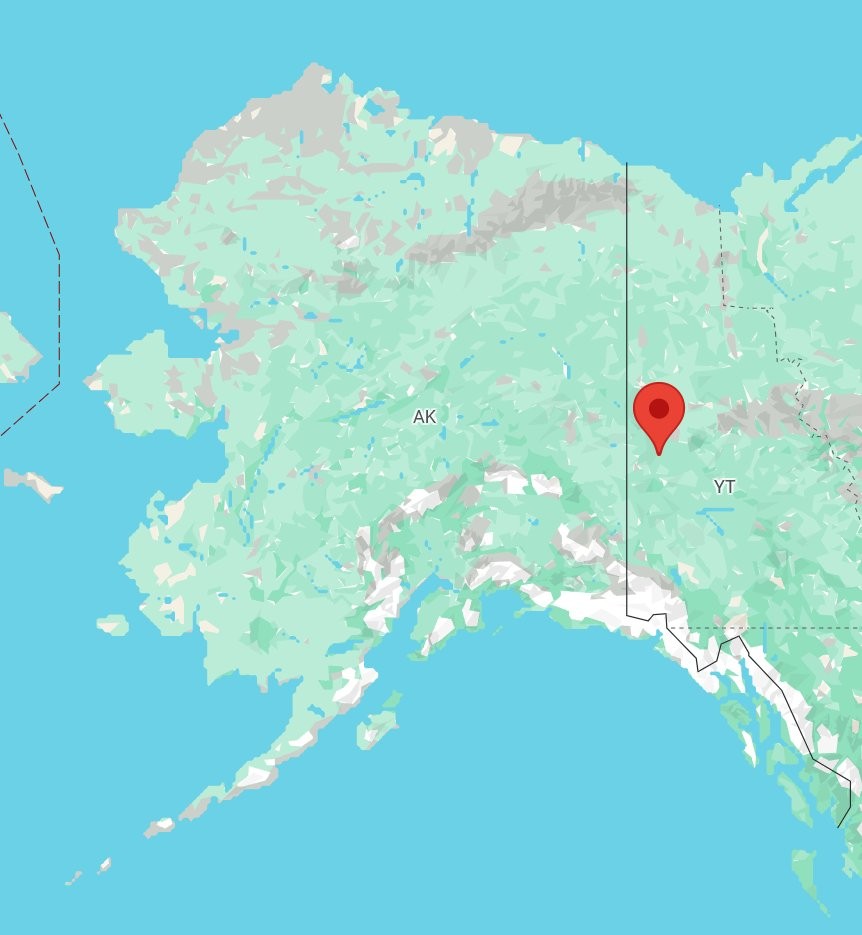
Upon arriving in town, we drove to a local viewpoint called Midnight Dome to get the lay of the land. The Klondike River runs into the Yukon River (which we had crossed on the ferry). This confluence, along with the Gold Rush, is what gave birth to Dawson City.
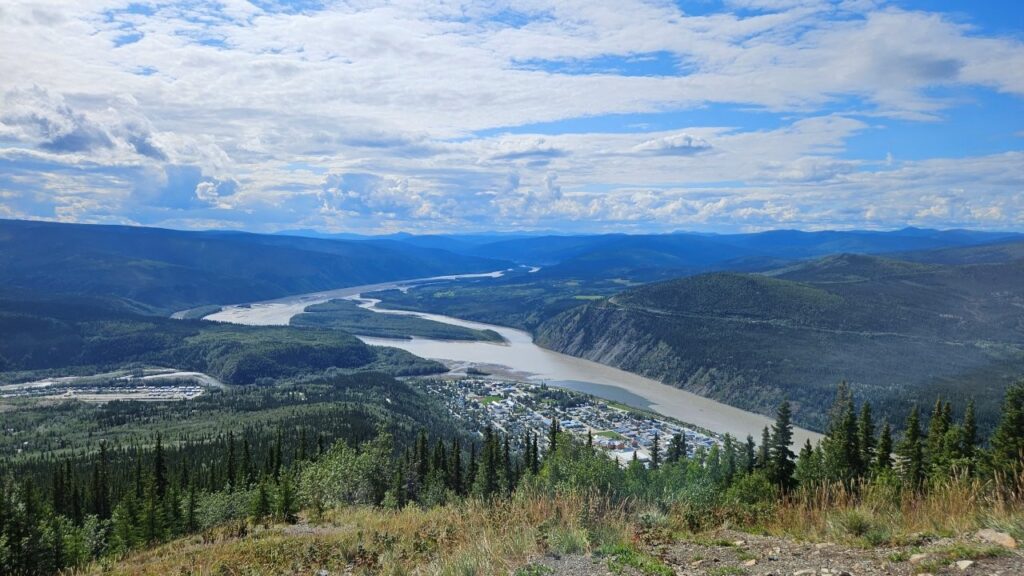
I guess we tend to be contrarians sometimes when it comes to seeing the sights. Dawson City is famous for Diamond Tooth Gerties (nightly dance shows) and the Red Feather Saloon where you can have a Sour Toe Shot and kiss the dehydrated amputated toe they put in the shot. Yes, that’s a thing here, and probably one of the reason that the cruise lines have tour buses in the city. That is just not how we roll. We wanted to learn about the Gold Rush!
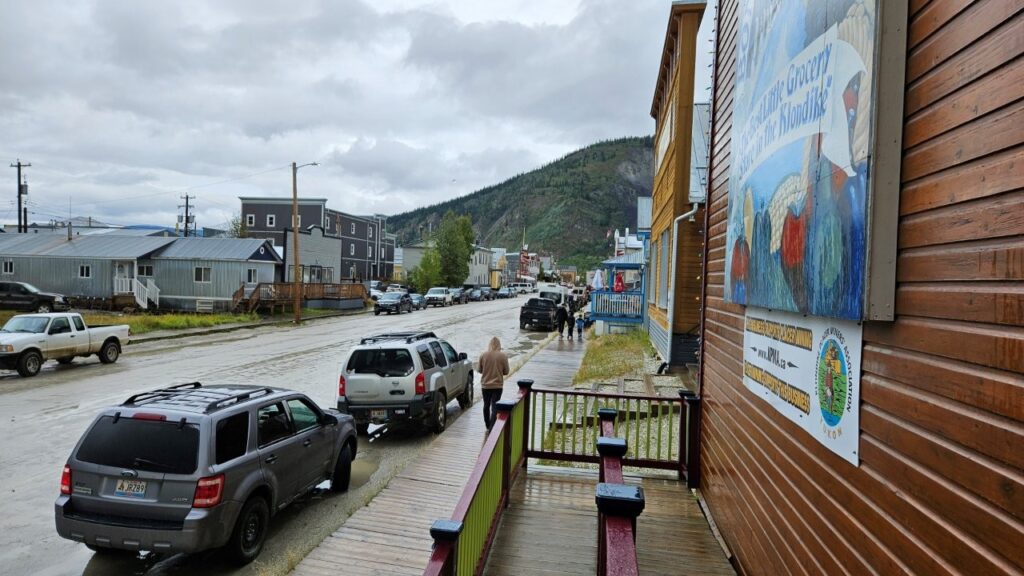
Now a VERY brief history of the Klondike Gold Rush for some context. Gold was found up Bonanza Creek just outside of Dawson City in 1896. News of the discovery caused a stampede of prospectors to the Yukon in 1897. Dawson City went from a population of 500 to 17,000 almost overnight.
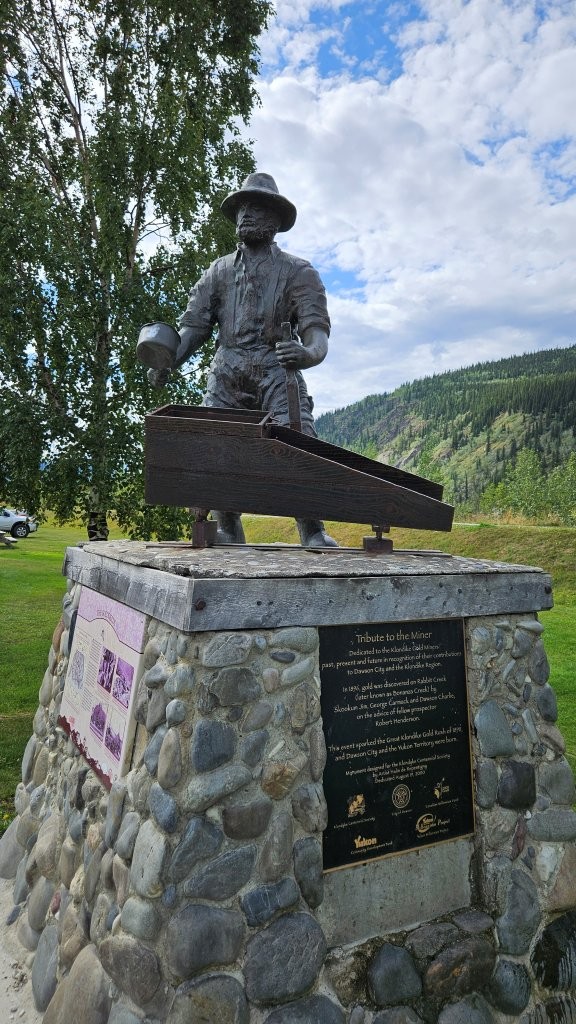
In 1899, gold was found in Alaska and a lot of the prospectors left the Yukon for Alaska. The boom towns, such as Dawson City declined some. But….there is still gold in “them thar hills.” That’s what WE wanted to explore!
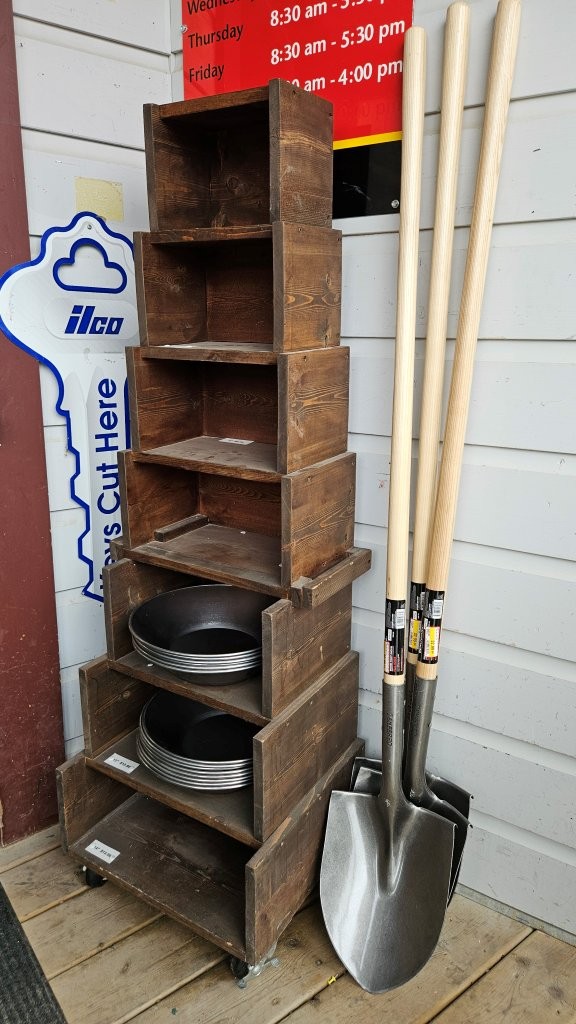
The Bonanza Creek, where gold was first found, flows into the Klondike River. There is a road that goes along the creek. So we hopped in the truck to check it out, not quite sure what to expect.
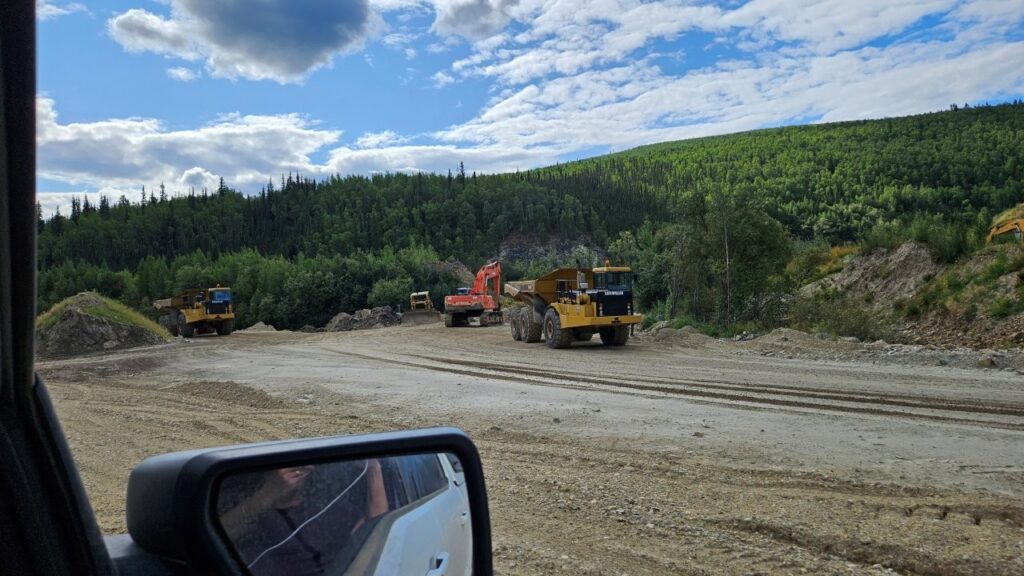
Did you know that where gold is initially found along a creek is called Claim #1 or the Discovery Claim? All succeeding claims are numbered in relation to the Discovery Claim. This creek was originally called Rabbit Creek. But once gold was found, its name was changed to Bonanza Creek, for obvious reasons.
Canada has preserved as a historical site, Dredge #4. Dredges could find gold more efficiently than miners and their pans.
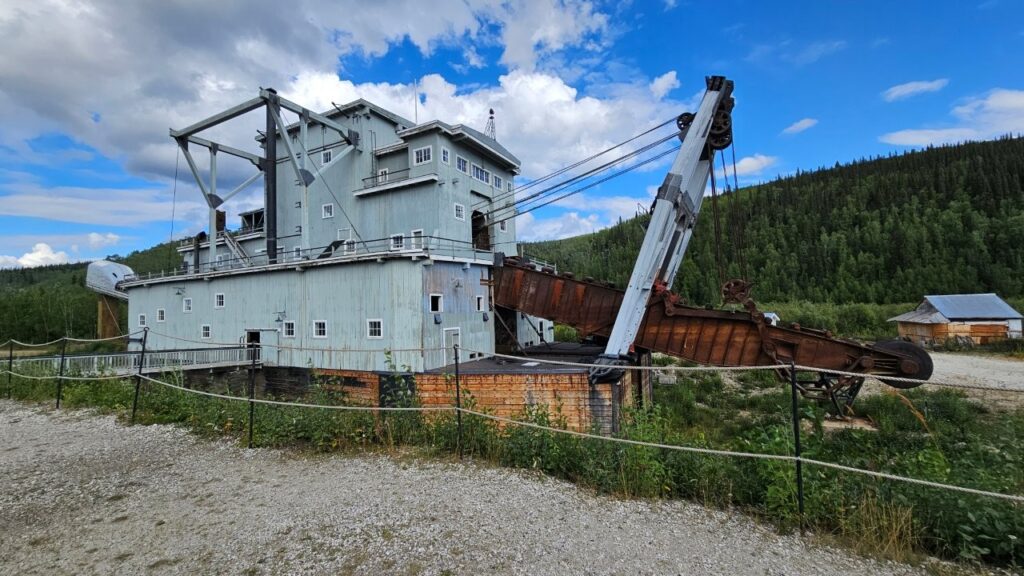
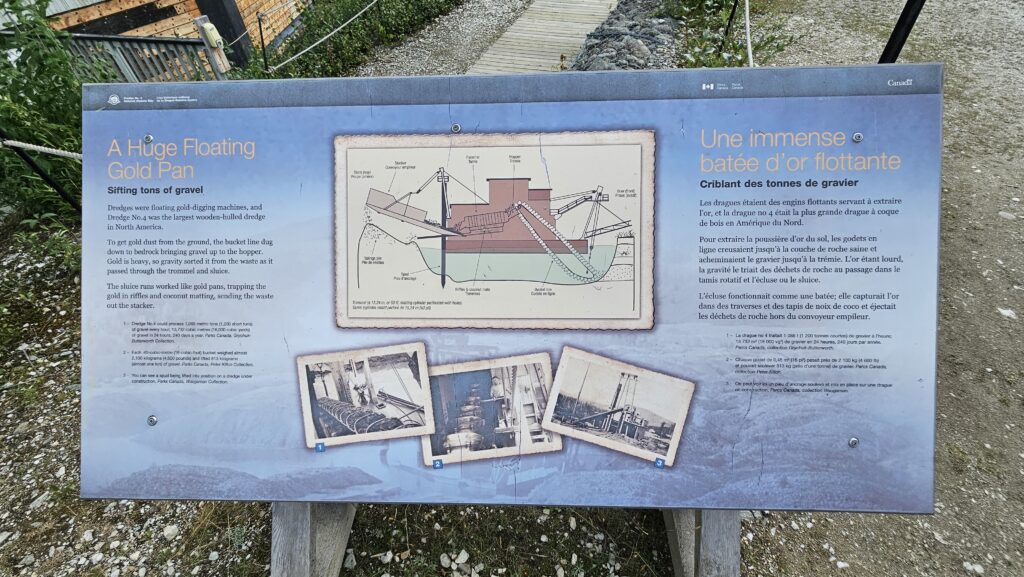
A Huge Floating Gold Pan – Sifting tons of gravel.
Dredges were floating gold-digging machines, and Dredge No. 4 was the largest wooden-hulled dredge in North America.
To get gold dust from the ground, the bucket line dug down to bedrock bringing gravel up to the hopper. Gold is heavy, so gravity sorted it from the waste as it passed through the trommel and sluice.
The sluice runs worked like gold pans, trapping the gold in riffles and coconut matting, sending the waste out the stacker.
Where does one get coconut matting in the Yukon? Inquiring minds want to know.
All the waste from the dredges, called tailings, was spewed out the other end. You could see old piles of tailings all up and down the creek. In fact, when drove out of town a few days later, we even saw tailings along the main highway which bordered a different creek!
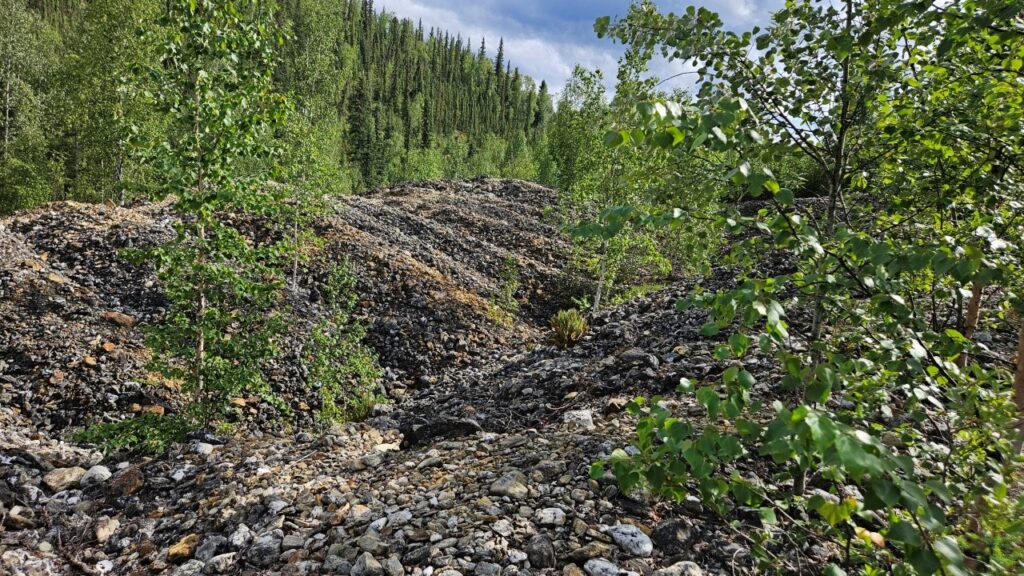
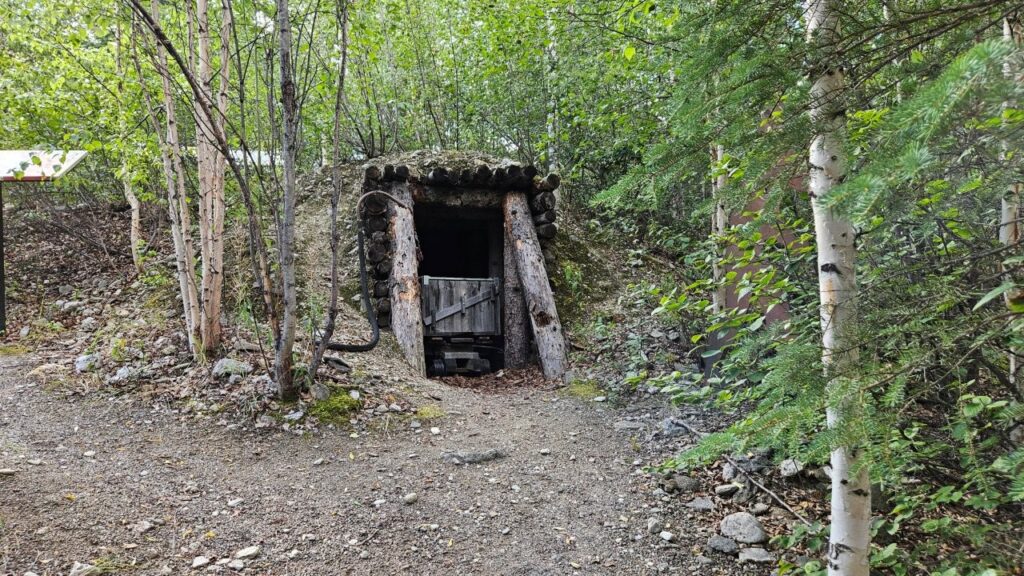
There are still active claims along Bonanza Creek and access is restricted to the claim owners. But, there is one claim that is open to the public. Claim #6 allows anyone to pan for gold.
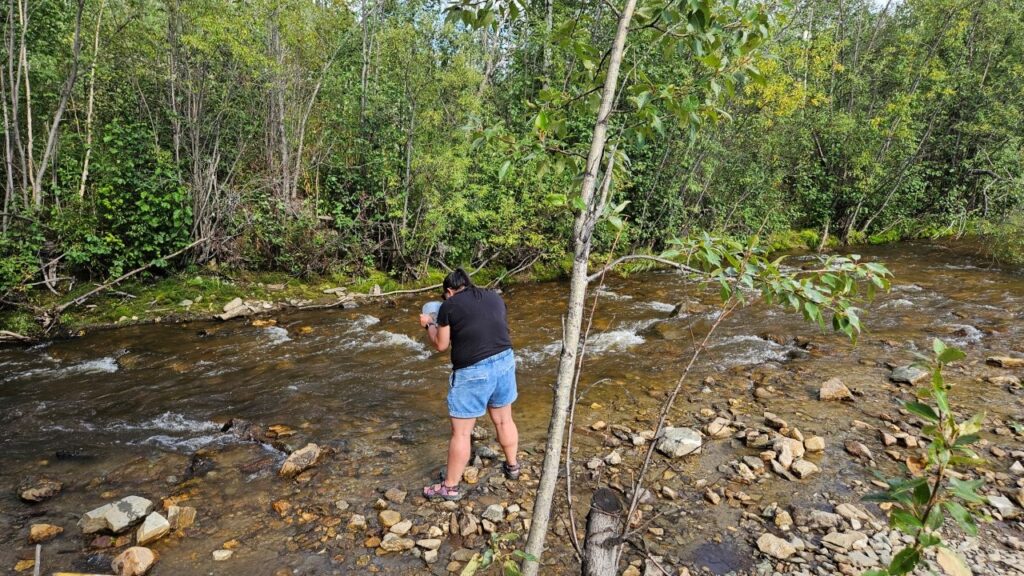
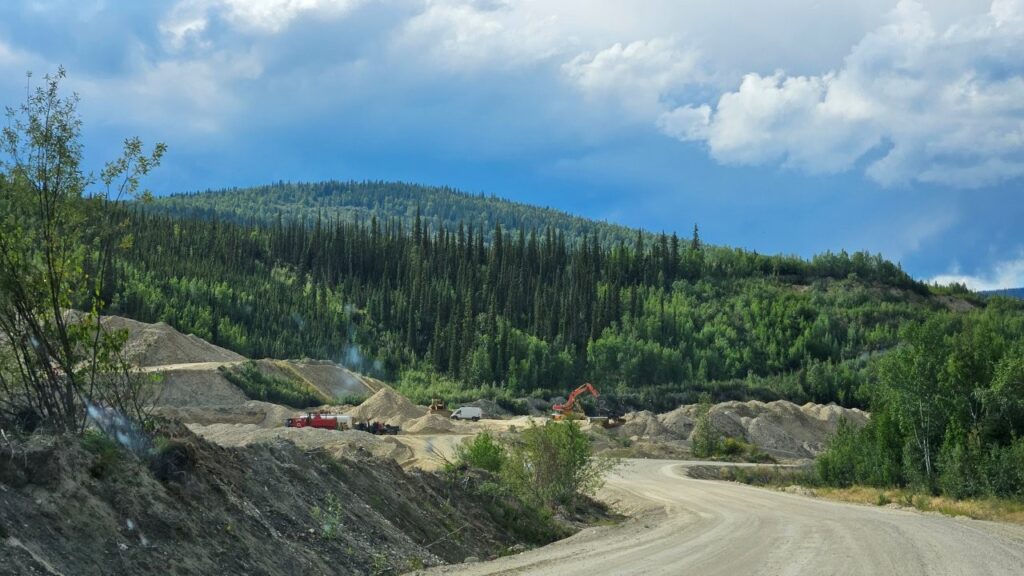
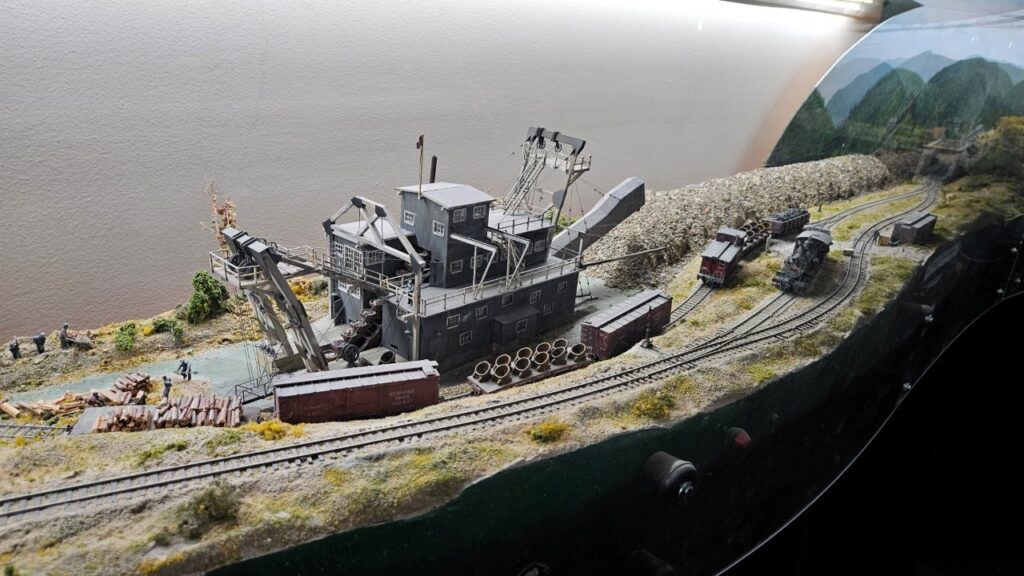
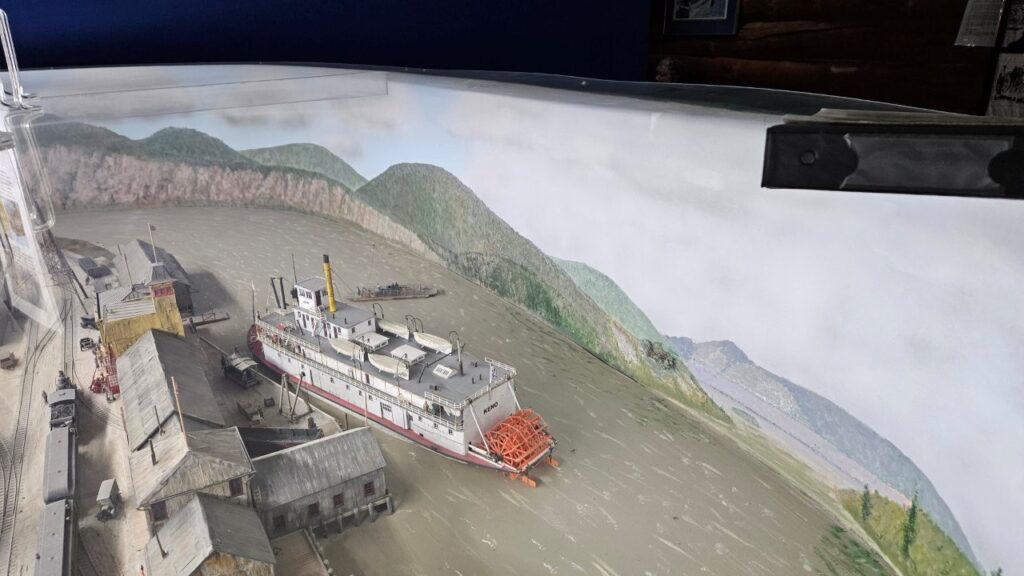
Living in the Midwest and the East for so many years, I had no idea that gold had such an impact in the Northwest, in both Alaska and the Yukon. One example, we were in the Yukon for Discovery Day, a public holiday. It is celebrated every year on the third Monday of August to commemorate the discovery of gold in Bonanza Creek. Yes, gold is a big deal.
My uncle had gold claims in the Idaho mountains and taught me to pan for gold in the river. It’s hard work (and does require skill). I still have my container of sand with “gold flecks.” I respect anyone who sticks with it over any length of time. (Maybe at the price I should figure out how to get the flecks out!)
Thanks for the details – always fascinating!
Woohoo Gold for Miles! Well, maybe not anymore but still, one can dream. So, did you guys get your pans wet? Are you now looking for the place to sell your gold? Inquiring minds want to know!
We used to watch the show Gold Rush that had a few mines that people owned and had those big dredges and the amount of gold they found was amazing. Fun to watch.
Sounds like a fun place to stay a few days! Muddy but fun.